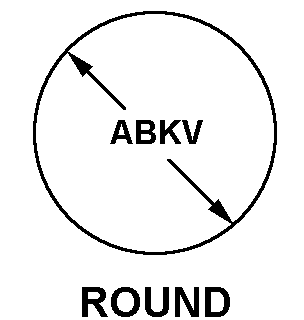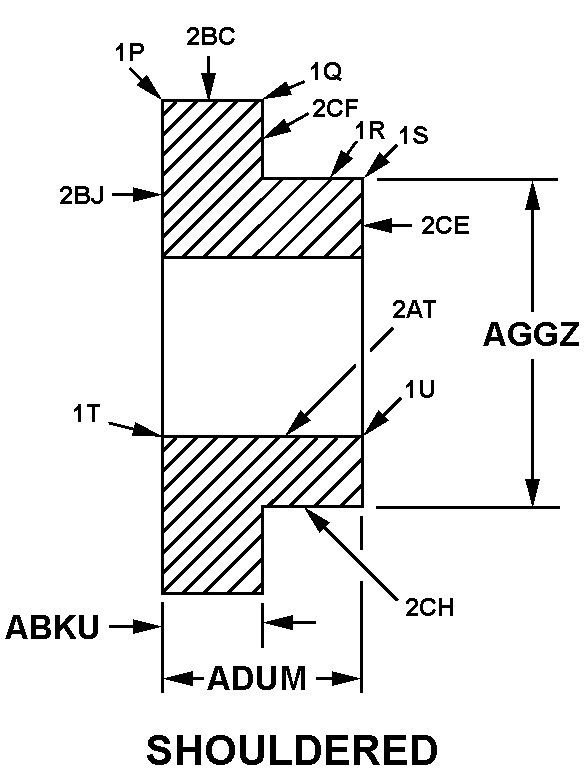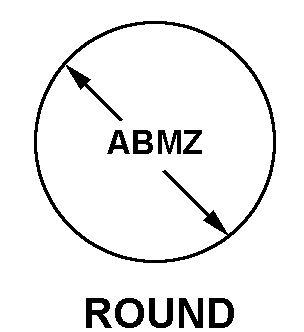3120000208360
Price Quote Get an up to date pricing and availability quote for this product. Order online or over the phone.
Quality Commitment
Serving our customers with quality and safety first.
- AS9120 Certified
- Audited supply chain
- ITAR Registered
- DDTC Registered
- HAZMAT Certified
- Customer service objectives
- Every product 100% inspected

3120-00-020-8360 Specification Set by the OEM (see RNCC code 3)
shouldered
0.0370in.
0.6090in.
round
0.3435in. and 0.3440in.
0.1220in.
lubricating oil
0.5010in. and 0.5016in.
square third outside corner
copper alloy
round
Cross Reference Parts Part numbers that meet the specification outlined on this page and set by the OEM
Identification Item Identification Guide (IIG) and Item Name Code (INC)



Definition Definition of approved item name (AIN): "BEARING,WASHER,THRUST"
An item of any peripheral shape usually having one flat or spherical surface and a centrally located hole. It is designed for applications involving moving (kinetic) loads. Except for items fabricated from bearing quality synthetic (plastic) or composed of multilayer material, one bearing surface must either have a specific surface finish designation of 32 microinch (0.8 micrometre) or less, arithmetical average (aa) (arithmetic mean deviation) or one of the following conditions: be lapped or ground; have visible or detectable means of lubrication; grooves, indentations; or self-lubrication. The thickness must not exceed 25 percent of the outside diameter of the shortest distance between peripheral flats (when thickness and/or outside diameter is designated as a tolerance dimension, the maximum dimension will be used to determine compliance). Excludes straight, tubular (without flange) items having a bearing surface(s) parallel to the axis of the bore only. See also washer, flat and spacer, sleeve.
3120-00-020-8360 Material Hazmat, Precious Metals, Criticality, Enviroment, and ESD
Indicates there is no data in the hmirs and the nsn is in a fsc not generally suspected of containing hazardous materials.
Precious metal content is unknown
The item does not have a nuclear hardened feature or any other critical feature such as tolerance, fit restriction or application.
Identification Codes
HMIC: Hazardous Material Indicator Code. A one position code that identifies a hazardous item.
PMIC: Precious Metal Indicator Code. A one position code which identifies items that have precious metals as part of their content. precious metals are those metals generally considered to be uncommon, highly valuable, and relatively superior in certain properties such as resistance to corrosion and electrical conductivity.
ESD: Electrostatic Discharge. Indicates if an item is susceptible to electrostatic discharge or electromagnetic interference damage. electrostatic discharge damage occurs when an accumulation of static electricity generated by the relative motion or separation of materials is released to another item by direct contact. electromagnetic interference damage occurs when an item comes into proximity with an electrostatic or magnetic field.
ENAC: Enviromental Attribute Code. Identifies items with environmentally preferred characteristics.
CRITL: Criticality Indicator Code. Indicates an item is technically critical by tolerance, fit, application, nuclear hardness properties, or other characteristics.






